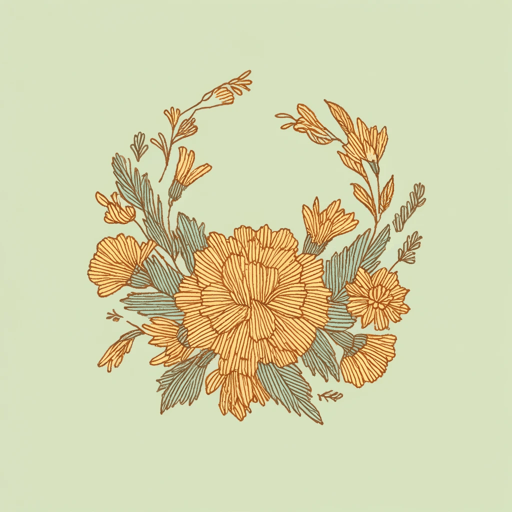51 pages • 1 hour read
Gloria WhelanHomeless Bird
Fiction | Novel | Middle Grade | Published in 2000A modern alternative to SparkNotes and CliffsNotes, SuperSummary offers high-quality Study Guides with detailed chapter summaries and analysis of major themes, characters, and more.
Background
Cultural Context: Arranged Marriages and Dowries in India
Although the tradition of arranged marriages in India rose to prominence as early as 500 BCE, it still accounts for most marriages there. As an institution, arranged marriage has withstood centuries of social change and modernization. According to an article from Emory University (“Arranged Marriages, Matchmakers, and Dowries in India.” Postcolonial Studies, 20 June 2014), the practice was originally used in upper caste families as a way to unite them. Eventually, the custom spread to lower castes. The article lays out six specific functions of arranged marriages. They include giving parents and other elders control over family members, strengthening kinship groups, and consolidating or extending family property. A central premise of this tradition is that it doesn’t approach marriage as a union between two individuals but as an alliance between two families.
India’s Child Marriage Restraint Act of 1929-1978 set the legal age for marriage as 18 for women and 21 for men. However, many arranged marriages still take place in which couples are much younger. A marriage that isn’t consummated before the legal age can’t be voided under Hindu religious laws. It isn’t uncommon for a couple to wait at least three years after their wedding ceremony before consummating their marriage.
Featured Collections
Books & Literature
View Collection
Books on Justice & Injustice
View Collection
Books that Feature the Theme of...
View Collection
Challenging Authority
View Collection
Class
View Collection
Class
View Collection
Coming-of-Age Journeys
View Collection
Community
View Collection
Education
View Collection
Family
View Collection
Friendship
View Collection
Loyalty & Betrayal
View Collection
Marriage
View Collection
Memory
View Collection
National Book Awards Winners & Finalists
View Collection
Nation & Nationalism
View Collection
Power
View Collection
Pride & Shame
View Collection
Safety & Danger
View Collection
School Book List Titles
View Collection
Trust & Doubt
View Collection
Truth & Lies
View Collection

